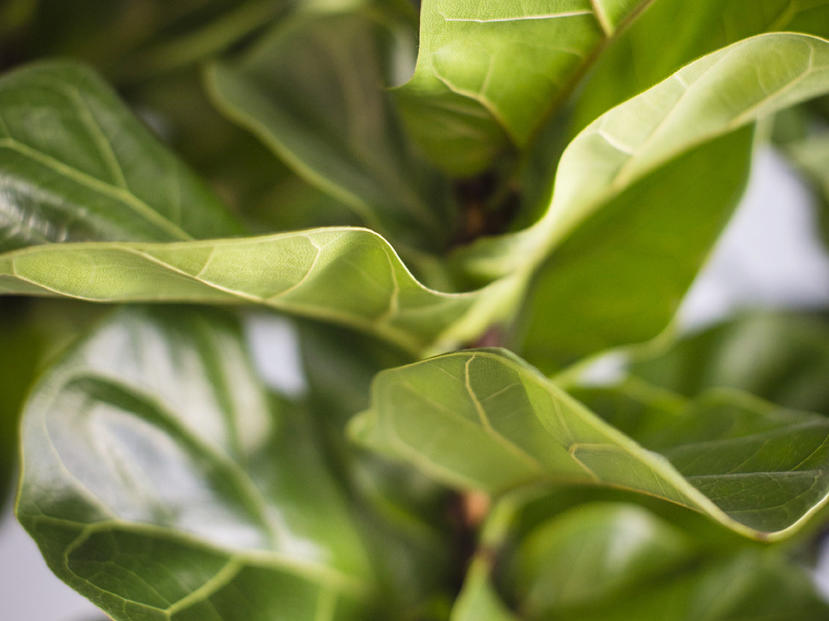
The 3 Best Houseplants—and How to Keep Them Alive
Think you don’t have a green thumb? A few tricks will help you keep your plants alive longer.

I’ve just emptied one of my favorite containers and finally have the perfect vessel for a plant I’ve been craving. In the spirit of sharing, here’s that plant, and a few of my other top picks. Make it to the bottom and you’ll find my secret for keeping them alive.
1.Sansevieria trifasciata ‘Moonshine’: Not your everyday mother-in-law’s tongue.
Yes, you are completely well-versed in Sansevieria trifasciata (commonly called mother-in-law’s tongue). The upright, snaking leaves are reliable growers in low light conditions, and are perfectly happy being kept on the dry side (Sansevieria is a succulent, after all). But that green-yellow variegation? Along with all that pattern in the leaves? Woof. I’ll leave it for office lobbies.
Enter ‘Moonshine.’ Deliciously large leaves grow 3 to 4 inches wide and eventually reach up to 2 feet long. The matte white and green color is so much mellower than its saturated, inbred cousins. And that darker green edging along the margins? Yum. Now that’s keeping it classy. It’ll do just fine in lower light levels but may turn a darker green, so expose it to some bright indoor light for that great color. Good luck finding it on the shelves, but your favorite independent nursery should be able to special order, no problem.
2. Spathiphyllum ‘Sensation’: Peace, man
Meet Spathiphyllum ‘Sensation’, a giant version of another boring houseplant (the peace lily). I am obsessed with these giant foliage fountains. I actually got to take this very specimen, pictured above, home after this story we did on houseplants. I killed it in an experiment involving homemade fertilizers, but that’s another story for another time.
The ridiculously talented and minimalist landscape designer, Daniel Nolan of Flora Grubb Gardens, has just one houseplant. Just one, people, and this is it. This lush, deep green beauty reaches up to 4 feet tall and throws out massive white flowers in spring (Daniel cuts them off, content with just foliage). Keep it happy in low to medium light (aka—pull it away from the window) and water it every 7 to 10 days.
3. Ficus lyrata: An oldie but goodie
I know, I know, Ficus lyrata—or a fiddle-leaf fig—is hardly the unexpected choice. But sometimes you’ve just got to stick with something that works. It’s been working for Sunset’s Menlo Park campus for a very long time—check out the one growing in our entertainment patio, planted in the mid seventies:
If you don’t have a massive entertaining patio, prune its branches in early spring to contain its size (it can reach up to 20 feet tall). Rotate it every few weeks to keep it growing straight, and give it bright light (aka, pull it up to that window). Water your Ficus lyrata when the top inch of soil is dry (use your finger), but before it’s dried out any further. I water my 10-foot-tall tree once a week with 2 quarts of water and she’s happy.
Oh, and do you want to know a secret?
Outdoors, I’m all organic. We use zero synthetic fertilizers in the test garden because we are building a web of life in our soil, which in turn feeds our plants. Indoors? Well, I’m less of a purist. I feed my houseplants with an off-the-shelf houseplant fertilizer every other time I water. Don’t make me say the name, but yeah—it’s that one in the green bottle.